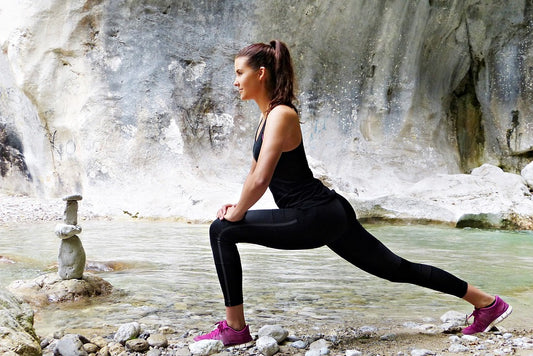CrossFit

Key Essentials in Choosing the Right Cross Trai...
CrossFitters and professional athletes are among the most active people. However, for them to optimize their activities, they need the right shoe and not just that, but the right fit...
Key Essentials in Choosing the Right Cross Trai...
CrossFitters and professional athletes are among the most active people. However, for them to optimize their activities, they need the right shoe and not just that, but the right fit...

